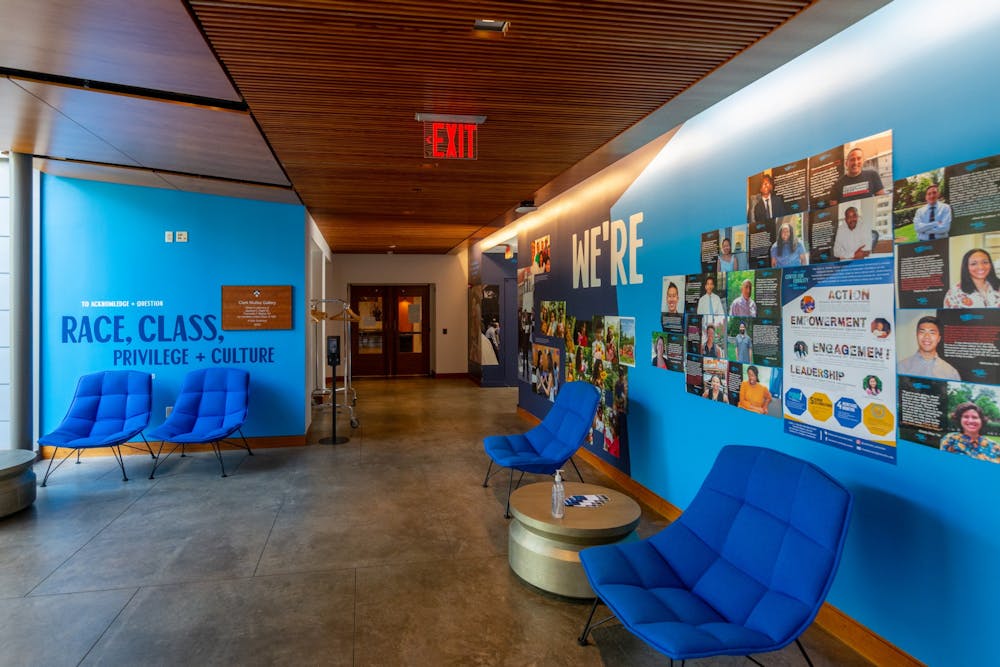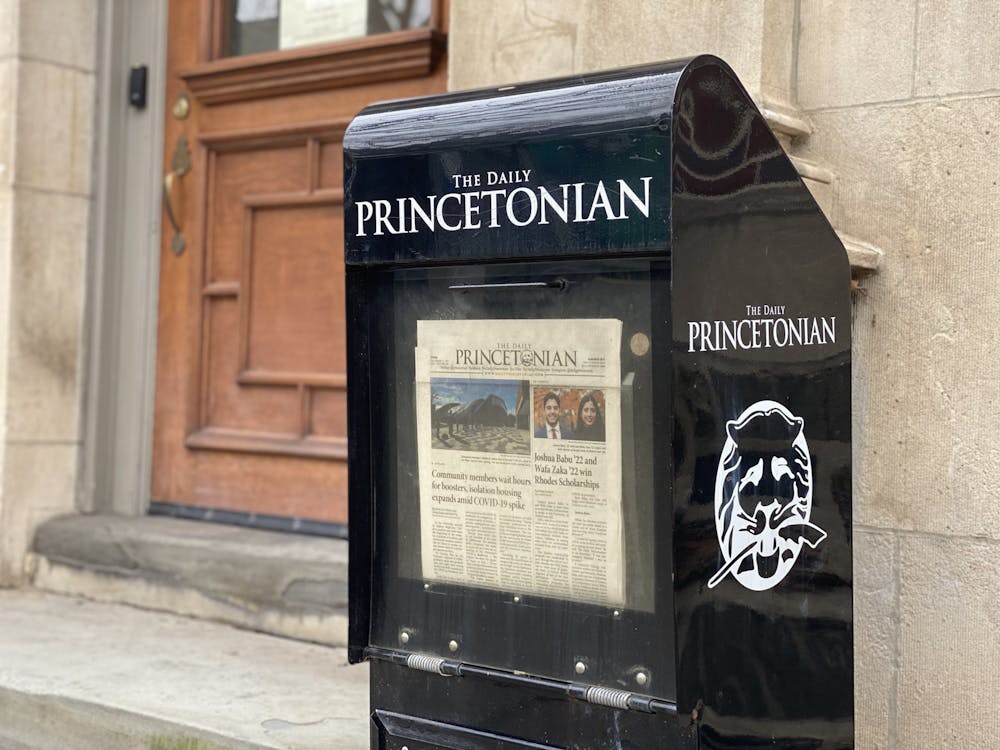BSU, PASA, PCC, PEESA, PNSA, PABW, PBMA — call it the alphabet soup of Black student organizations. These are groups intended to cater to specific niches in the Black community and serve to represent its diversity. These organizations serve critical community-building needs that Princeton’s diverse Black population needs. Yet, informal conversations with Black students reveal that these groups highlight the dissolution of Black union due to its fragmentation. This piece seeks to uncover this dynamic, suggest tips for increased cohesion amongst Black student groups, and propose a novel formal consortium model for the centralization of Black Princeton.
Black affinity groups are a crucial part of Princeton’s fostering of diverse communities. Nevertheless, students have revealed dissatisfaction with how isolating they can be. Indeed, the complicated nature of Black identities makes this a more nuanced problem.
In 2022, the Generational African-American Students Association (GAASA) was founded, seeking to create a space for Black students who are descendants of enslaved people. These were a “minority within a minority,” as Christopher Butcher ’25, the founder and president of GAASA, remarked in a piece for the Daily Princetonian. Black students who were descendants of enslaved peoples held little direct personal connection to the African continent in a way that international, immigrant, and recently immigrated Black students do; they needed a space of their own to foster a sense of inclusion, Butcher argued. Though this specific demographic of Black students understandably desired to find a sub-community with shared experiences, this necessitated what constituted a break from the established Black Student Union, arguably the premier Black student organization on Princeton’s campus.
For similar reasons, we saw the creation of SAIP (Society of African Internationals at Princeton) to cater to a particular niche in the Black community: international students. We also have PEESA (Princeton Ethiopian Eritrean Society), PASA (Princeton African Students Association), PABW (Princeton Association of Black Women), PBMA (Princeton Black Men’s Association), PCC (Princeton Caribbean Connection), and PNSA (Princeton Nigerian Students Association).
These are just the affinity groups. There’s a separate constellation of professional organizations and extracurricular groups ranging from dance to medicine. This fragmentation of the Black Princeton population presents issues of inclusion that transcend the formal organizations into run-of-the-mill social dynamics.
My informal conversations with students and observations of these groups reveal the contours of this disunity. Consider generational African Americans, international students, and immigrants of differing generational status — first or second generation immigrants. This third category — which I refer to as non-generational African-Americans — dominates Princeton’s Black population at 41 percent and are those who can clearly point to ancestry tied to lands on the African continent. Broadly, these are the three most represented groups of Black Princetonians.
In light of the current boundaries in Black student groups, non-generational African Americans and generational African-Americans will not always attend each other’s events. International African students are probably the more isolated group, feeling minoritized and unrecognized by the mainstream Black population. In a nationwide study, the group members report feeling intraracial microaggressions caused by gaping differences in culture, ethnicity, and upbringing. Among a number of Black subgroups on campus, there is a mutual perception of exclusivity.
Indeed, the Prince reported last year on this disunity when announcing an alumni gift establishing an endowment supporting Black student groups. One black student leader stated, “we aren’t fully connected … sometimes it feels as if we’re in competition with each other.” Alumni supporters of Black student groups have expressed their hope for unity, too. One alum shared, “I know that there are 10, 15 Black groups … which is wonderful, to have specialization. But in the end, we need to all come together.”

There are exclusive aspects of Black student organizing that can be systematically improved. I applaud positive steps towards cohesion like the recent collaboration between SAIP, PASA, and BSU to engage in activism for humanitarian disasters and political violence in the Congo. The question is: what changes can be made to the existing dynamics among Black student organizations to foster greater exchange? The consortium model can serve to answer this question.
A consortium model is a model that collates similar organizations into a single body. To achieve this, there needs to be a restructuring of Black student groups by its current leaders and ODUS. The existing Black Student Union, with its endowment, strong organizational design, and established relationship with ODUS and alumni organizations, would morph into a formal umbrella organization. Princeton’s Black student affinity groups would fall under its auspices.
An informal consortium of Black student affinity groups already exists and attempts to coordinate events and correspond with ODUS as a collective. However, a more radical and more formal centralization is necessary, accompanied by significant changes to the bureaucracy and governing structure of these groups. This would additionally resolve much of the confusion that exists as to the focus of each group. For instance, there is a question of whether PASA caters to the same group that BSU has in its mandate — the entire Black diaspora. This question and others could be resolved by this model.
The American Whig-Cliosophic Society serves as a living example of the success of the consortium model. It governs Model Congress, Mock Trial, Debate Panel, and the International Relations Council. IRC then sponsors the Model UN team and two premier conferences: the Princeton Model United Nations Conference for high schoolers and the Princeton Diplomatic Invitational for college students.

This model serves to bolster the financial and institutional power of Princeton’s political student groups as a powerful presence on campus. Black Princeton should adopt this vision. This centralization could even mean a bolstered relationship with the trustees that could enhance the quality of these organizations’ offerings, increase funding for initiatives, and streamline resource sharing and collaboration.
A specific and elaborate policy proposal is beyond the scope of an opinion piece and is better left to more seasoned Black student leaders. But at the end of the day, thinking about how to foster greater community in both everyday lives and organizational practices enhances the strength and flourishing of the Black Princeton community.
Contributing Columnist Luqmaan Bamba is a first-year from Ghana and New York. He can be contacted at luqmaanbamba[at]princeton.edu.








